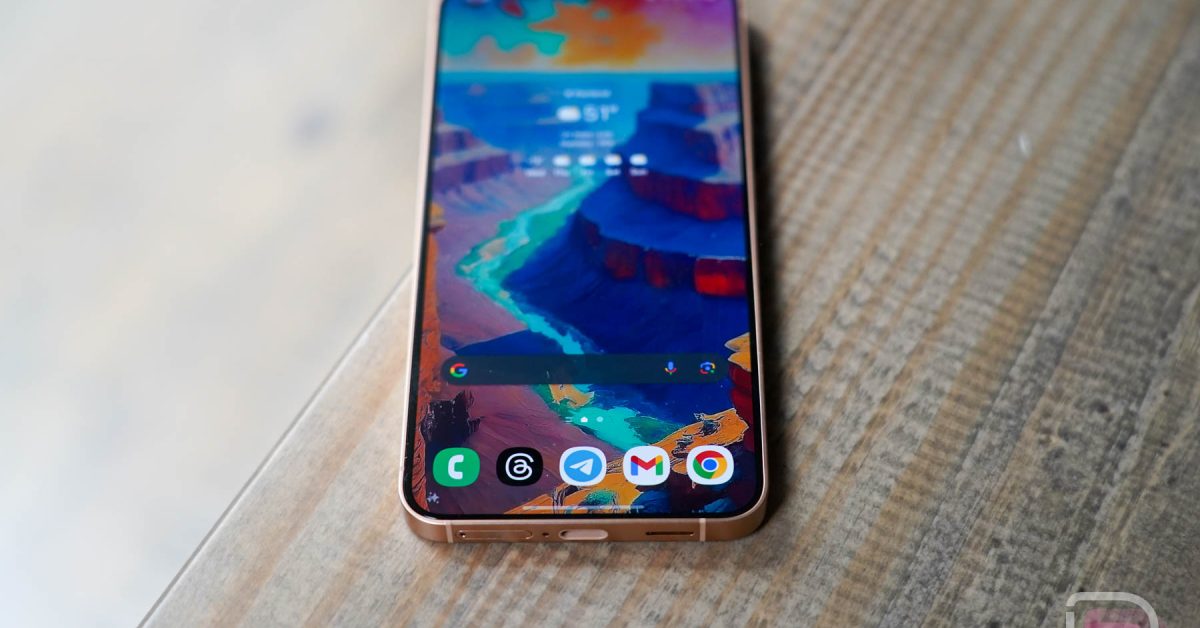Tech
I Watched a Printer-Size Gadget Boost a Phone's Battery Life in Seconds

As I slipped the phone into the slot on top of the box, I heard a mechanical whirring coming from inside, almost like a printer. Instead of churning out paper, this tabletop device was equipping the case on my phone with a freshly charged battery — all in a matter of seconds. The Swippitt, which debuted here at CES 2025 in Las Vegas and ships in June, may be the most unconventional (and expensive) approach to extending your phone’s battery life that I’ve ever seen.
Phone-makers and accessory sellers tend to focus on either making phones more power efficient, giving them larger batteries, improving charging speeds or selling cases with an embedded battery, but Swippitt does so by keeping batteries continuously charged and letting you quickly swap them out as needed. It’ll work with iPhone 14, 15 and 16 models at launch, with Android support coming later.
There are a couple of major caveats. For one, you need to be OK with using a relatively bulky case regularly. More importantly, at $450 for the hub and $120 for the Link case, the Swippitt is far from cheap. It’s more expensive than a PlayStation 5 and almost as pricey as an iPhone 16.
CES 2025: The 15 New Products and Ideas Grabbing Our Attention So Far
The Swippitt hub has five batteries inside that are being charged and maintained so that they don’t overheat. When you insert a case-equipped phone into the slot, the machine removes the battery from the case and inserts a different one. Battery cases have existed for a long time, but Swippitt’s benefit is that you instantly have access to more battery life after inserting the phone into the hub for 2 seconds. You don’t have to wait for a battery case to charge your phone or remember to charge the case manually because the hub does that for you.
Padraic Connolly, the founder and CEO of Swippitt, and Nancy Smith, the company’s chief marketing officer, said they view this as a household device for family members to share — which could help justify that high price. Eventually, they see the Swippitt being ideal for communal and public spaces where people need to frequently charge their phones, like airports and college dormitories.
Connolly says there’s a lot going on inside that nondescript box in the few seconds it takes for it to swap out the battery. Not only is it inserting the battery into the case, but it’s also moving the depleted battery to the right location so that it can be replenished while putting the next charged battery in place for the next person who comes along.
The app also allows you to reserve a specific battery within the hub. So if you see a fully charged battery in the app and want to make sure you snag it before someone else in the house does, you can reserve it for your individual case. The hub uses RFID, or radio frequency identification, to read the device when it’s inserted so that it can recognize that it’s one of Swippitt’s Link cases.
The case itself feels about as bulky and heavy as a typical battery case. It certainly adds extra heft to your phone, which may not appeal to minimalists or those who keep their phones in tight pockets or small purses, but it doesn’t feel unreasonably burdensome.
It’s the price that will likely be a bigger hurdle. A hub with two cases costs nearly $700, which is an eye-watering price to solve what some may consider to be a minor convenience.
It’s a novel approach to a common problem. Until it becomes more affordable, I think most of us will stick with surviving between charges.
For more coverage of CES 2025, check out this gravity-defying TV, or learn all about Nvidia’s new gaming chips.


.png)




